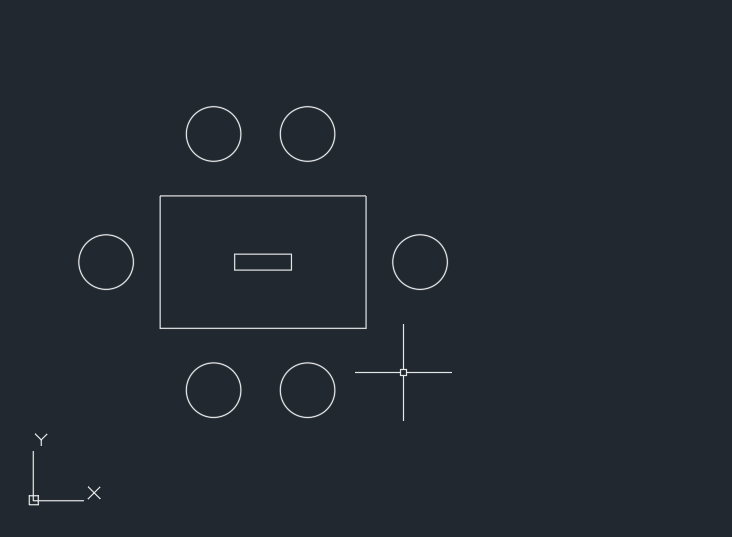AutoCAD functionalities
2024. 07. 07.
As someone involved in architecture, it's a bit embarrassing to admit, that I only recently started using AutoCAD properly. To offer a slight excuse for why I've only just started using it: when I entered the architecture department in 2012, Rhino3D was becoming popular. Rhino3D wasn't just for 3D work; it was also a tool capable of producing drawings to some extent. So, I gave up on installing the heavy AutoCAD and somehow managed to complete all my work with Rhino3D. Additionally, and this is probably the more significant reason, I was a student who didn't often do what professors wanted in design classes. I rarely created spaces detailed enough to require drawings, so I didn't really have occasions to use AutoCAD.
Looking back, I realize I had many preconceptions about AutoCAD from the beginning. From conversations with seniors, juniors, professors, and industry professionals, AutoCAD seemed to be an outdated tool mainly used for repetitive tasks. This notion was further reinforced as I pursued a career as a developer. People around me who used Rhino3D talked about using Grasshopper or developing with C# and Python components within it. Those using Revit discussed Dynamo. However, AutoCAD users talked about writing LISP. For today's developers, LISP might be considered an ancient relic. Many people don't even know what LISP is, and those who do know, have only seen it mentioned in textbooks rather than having used it themselves. So, the fact that AutoCAD still uses LISP made me wonder just how outdated it really was.
Recently, by chance, while exploring AutoCAD's features, I realized that I had seriously misjudged AutoCAD and that it had actually been supporting quite impressive functionalities for a long time.
- Dynamic Blocks. According to this forum post, this feature was implemented as far back as 2005. Using dynamic blocks allows you to go beyond simply grouping objects together. You can define interactions where manipulating one object causes linked rotations, extensions, or movements in other objects. Isn't this essentially 'parametric design'?
- As one might expect, there's API support for plugin development. I had never imagined developing anything based on AutoCAD because I only heard people talking about LISP, not plugin development. However, a quick search reveals that developers using the API were already active in forums and various communities back in the 2000s1)2)3).
For example, you can do this with dynamic block:

- You can adjust the length of the table.
- When the length is adjusted, the position of the table's center changes, and the rectangular shape in the middle moves accordingly.
- Round chairs are placed around the table at regular intervals.
When I first encountered these features, I felt like I had been hit hard on the back of the head. Until then, I had thought that architects couldn't attempt programmatic shape operations with available tools, and that they only started talking about 'parametric architecture' after Grasshopper came out. Chronologically, AutoCAD's dynamic blocks and .NET API far preceded the popularization of Rhino's Grasshopper, so it's surprising that everyone around me only talked about Grasshopper and not about AutoCAD.
Interestingly, when I ask friends working in architectural practice who use AutoCAD about when they use dynamic blocks, many of them say they're hearing about dynamic blocks for the first time. Why is this feature still not well-known despite being old? I'm thinking of playing around with the dynamic block feature a bit more and writing about it in the future.
1) TheSwamp - Index
2) Through the Interface (typepad.com)
3) Due to popular demand... Welcome! - Autodesk Community - AutoCAD